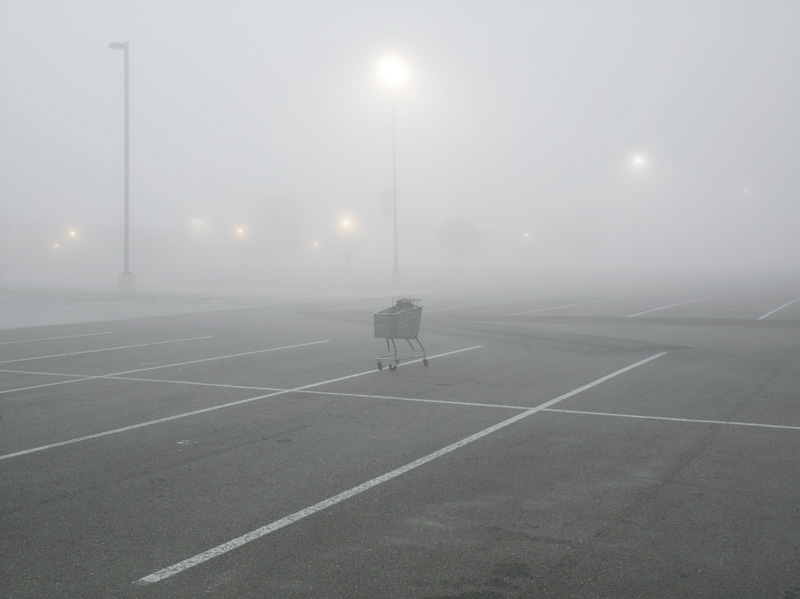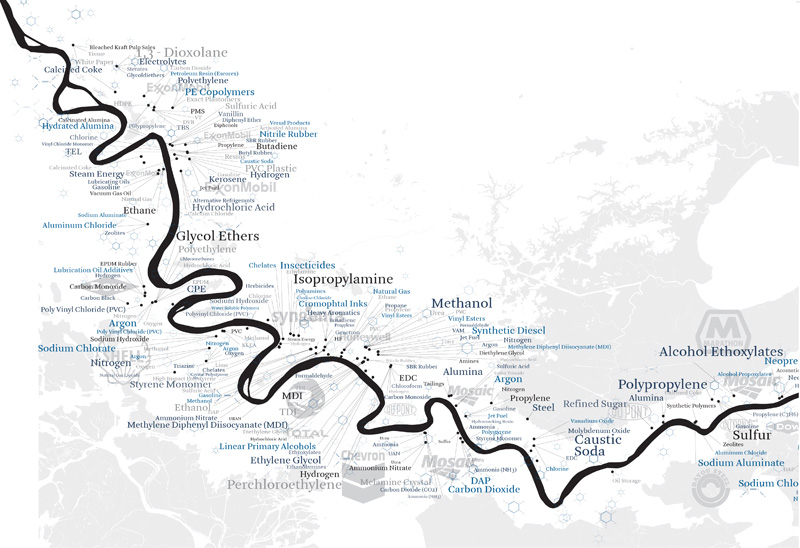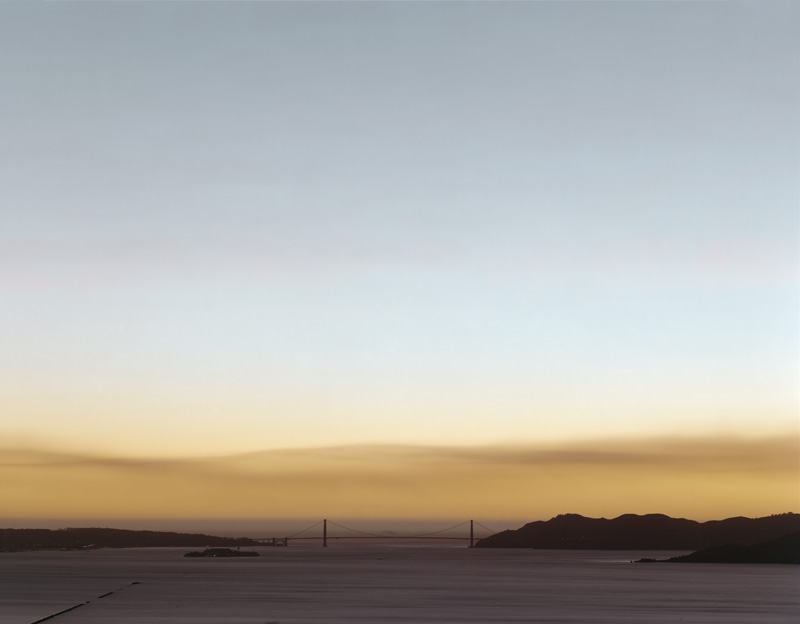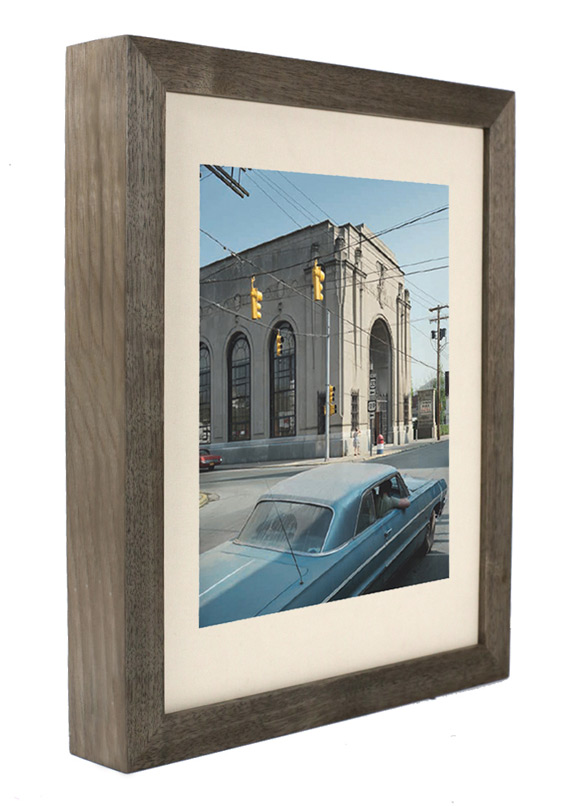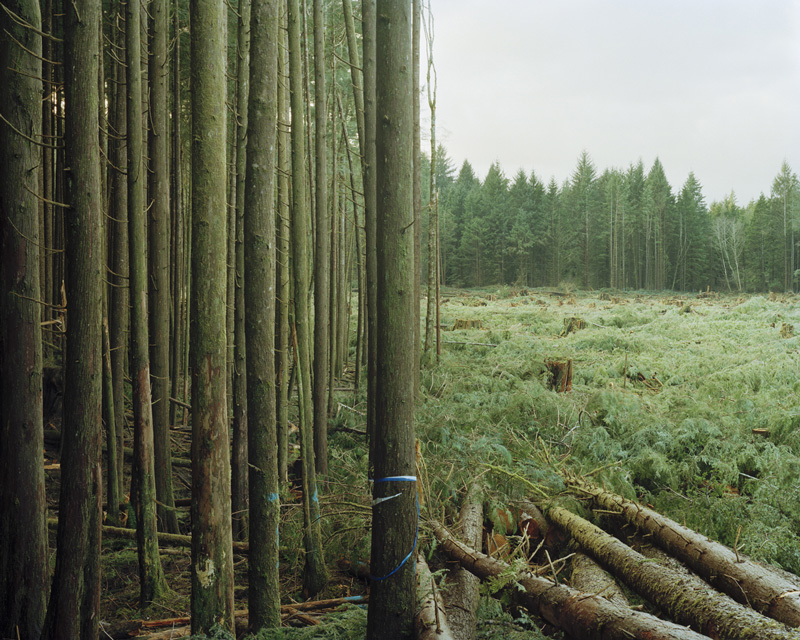Petrochemical America Limited-Edition Box Set
by Richard Misrach and Kate Orff
$500.00
Out of stock
Get an alert when the product is in stock:
Pigment Print, accompanied by a limited-edition copy of Petrochemical America, presented in a clothbound folio with a slipcase
Image Size: 13 1/2 x 10 1/2 inches
Paper Size: 13 1/2 x 10 1/2 inches
Edition of 100 + 10 Artist Proofs
Signed and numbered by the artists
Richard Misrach (b. 1949, Los Angeles, California) is one of the most influential photographers of his generation and has a long-standing personal connection with New Orleans and the surrounding region. His monograph, Destroy This Memory (2010), shows a record of hurricane-inspired graffiti left on houses and cars in New Orleans in the wake of Katrina, which garnered Aperture a nomination for a 2010 Lucie Award for Book Publisher of the Year, and won the award for Best Photobook of the Year 2011 at PhotoEspaña. Another standout success was his 2007 large-format Aperture book On the Beach, a sublime visual meditation on the relationship between humankind and the environment, which is as spectacular as it is unsettling. Earlier, Aperture published Violent Legacies, which addressed, in part, the contamination of the desert due to nuclear testing. Richard Misrach’s other books include Golden Gate, also being released by Aperture in spring 2012, on the seventy-fifth anniversary of the iconic bridge. He is the recipient of four National Endowment for the Arts Fellowships, a Guggenheim Fellowship, and the Kulturpreis for Lifetime Achievement in Photography. Many major institutions collect Misrach’s work, including the Museum of Modern Art, Whitney Museum of American Art, Metropolitan Museum of Art, and the National Gallery of Art, Washington, D.C.
Kate Orff (b. 1971, Maryland) is an assistant professor at Columbia University and founder of SCAPE, a landscape architecture studio in Manhattan. Her work weaves together sustainable development, design for biodiversity, and community-based change. Orff’s recent exhibition at MoMA, Oyster-tecture, imagined the future of the polluted Gowanus Canal as part of a ground-up community process and an ecologically revitalized New York harbor.












